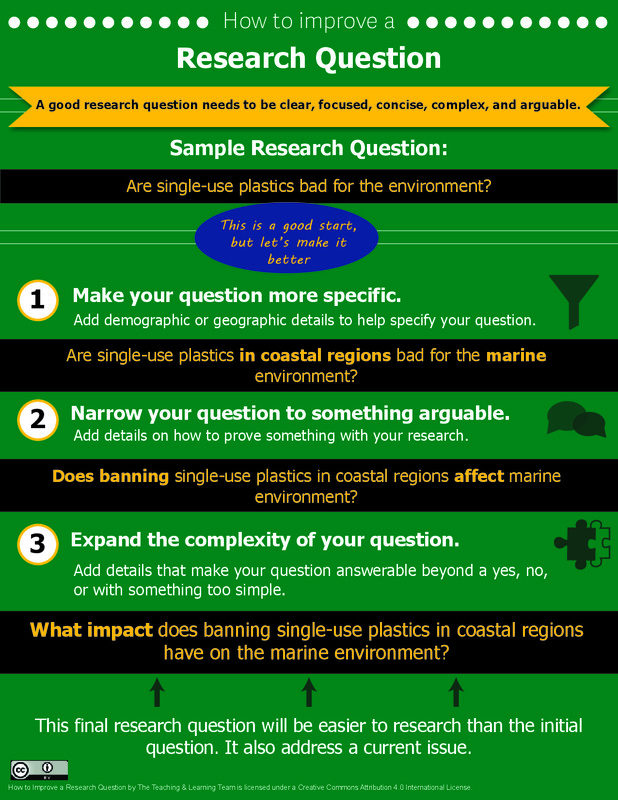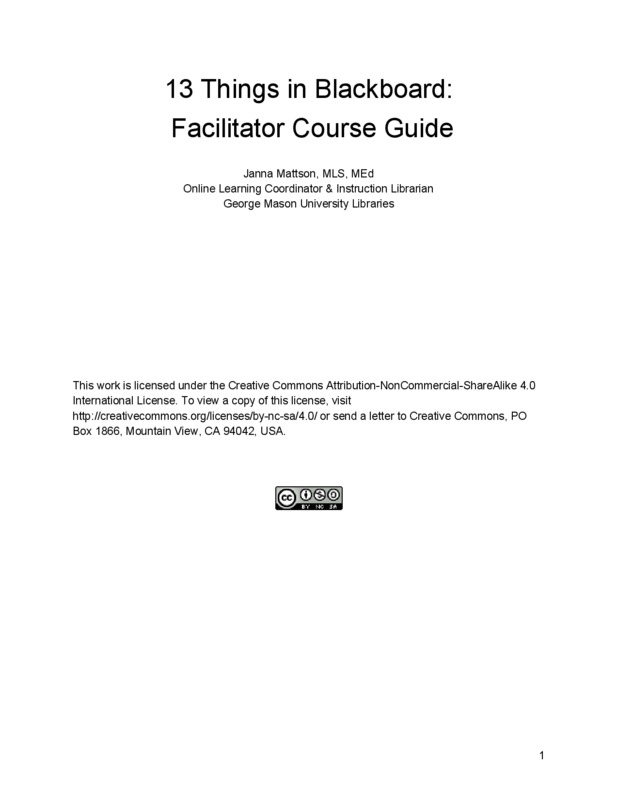Browse by Course Code
-
Source Types (Handout)I use this handout whenever I'm asked to talk about source types in an ENGH 302. It covers popular, scholarly, trade, grey, and primary sources. It also has a second page that covers some search strategies to help students find the different source types.
-
6 Degrees or Less to K-PopThis lesson, which includes options for online and face-to-face modalities, incorporates a news story about K-Pop to demonstrate creating a research question, constructing a search strategy, and finding relevant sources. Students are asked to work individually to create a research topic that is less than six degrees separated from K-Pop, then work in groups to compare keywords and brainstorm together. Finally, those groups come back together to find a scholarly source related to their question.
-
Evaluating Sources for BiasThis session, designed for an ENGH 302 audience, introduces the IF I APPLY method of source evaluation. During the session, students start by reflecting on a headline, then sharing with a partner. They then go into a small group activity to evaluate a provided source using the IF I APPLY method. Finally, students take 5 minutes at the end of class to reflect and share on the process as a whole.
-
Evaluating Sources RhetoricallyThis lesson introduces students to the BEAM method of source evaluation, as a part of evaluating sources rhetorically in ENGH 302. The lesson includes a brief introduction to the method, then goes into a source categorization activity where students apply the method in class. The lesson plan includes versions for 50- and 75-minute lessons, as well as a worksheet option for assessment purposes.
-
Monster Mash-UpThis lesson plan, which has a Halloween theme to its PowerPoint and activity, is designed to introduce students to the idea of synthesizing sources. The plan includes two activities, with the first one using Halloween monsters and the second one using a series of Halloween-related scholarly articles. The articles are not included in this lesson plan for copyright/accessibility reasons - I'd recommend choosing 3-5 current Halloween articles that are all revolving around similar themes. I chose articles about Halloween costume choice. Print out the abstract of the article and provide that to the students.
-
4 Moves and a HabitThis ENGH 101 lesson introduces students to how to evaluate sources. It begins with a Kahoot and then discusses aspects of evaluation like authority and accuracy. It uses 4 moves and a habit as a way to evaluate sources.
-
How to Improve a Research Question (Infographic)This infographic describes how to improve a research question, and has been used primarily in online courses at the ENGH 101 level.
-
Source Types and SearchingThis session, aimed at ENGH 101 students, integrates source types and how to search using the databases. After a short presentation, students practice the RADAR test for source evaluation and searching databases using their own topics.
-
13 Things in BlackboardA course guide for an asynchronous course designed to introduce library instructors to Blackboard to support online students.
-
Zotero WorkshopThis is an introduction to using Zotero, going over the basics, from downloading to adding content to exporting citations.
-
Introduction to Business ResearchThis plan, which was used across BUS 103 sections in Spring 2020, introduces students to the basics of business research. After discussing source types, students learn about professional business sources and then practice in groups by comparing three major databases. The session concludes with a presentation from each group on the database they were assigned and strategies they generated.
-
Library Scavenger HuntThis plan is an orientation to resources available at Fenwick Library. It begins with a presentation on services, but the bulk of the session is a group scavenger hunt where students answer a series of questions about the services and resources available at the Library. A rubric for discussion is included in the submission.



